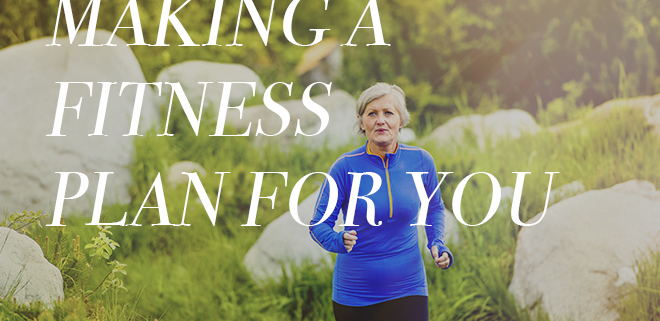Everyone deals with some stress, and we can sometimes shrug it off as just being part of day-to-day living. But dealing with too much stress has become a serious issue for a lot of men, who can experience several serious health issues as a result. Here’s a look at the dangers of stress, but also healthy ways to deal with it.
Stress and its Dangers
Stress is hardly a modern phenomenon; our ancient ancestors found it helpful for prompting fight-or-flight responses that came in handy when dealing with the physical dangers of their day. While that sort of response isn’t usually necessary in today’s world, it’s still an instinctual part of us, releasing hormones that trigger an increased heart rate and breathing, constricted blood vessels, and the tightening of muscles. And that’s what stress is all about, which in turn is linked to:
- Heart disease
- High blood pressure
- Cancer
- Diabetes
- Migraines
- A weakened immune system
- And a variety of other issues, such as insomnia, depression, and fatigue.
How to Deal With Stress
The good news is that there are plenty of ways to deal with the natural responses of stress. Your mental outlook is part of it, but so are things you can do physically that will help relieve stress and prevent it from becoming a hazard to your health.
1. Exercise
There’s not much that exercise won’t cure, and that certainly applies to stress. Exercise releases endorphins into the body that can give you a sense of ease and contentment, plus it removes you from the place/situation of stress and worry. Moreover, studies have shown that people who exercise regularly are less likely to develop an anxiety disorder within the next five years. And that’s not to mention the positive effects exercise has on your physical health.
2. Accept What You Can’t Change
Some things, like bad weather, can cause stress, but they’re things that you have no control over. Accept the things you can’t change but look for ways to make the best of your circumstances. Spend a rainy day reading, or go outside and play in the snow like you did as a kid.
3. First Things First
Determine your most important tasks of the day and tackle those first. Those are usually the things that cause the most stress, and saving them for later, when you may not be as physically or mentally sharp as you were earlier in the day, can create undue stress.
4. Laugh
When you continually treat stress with the over-serious attitude, chances are you’re only going to make it worse. It’s OK to laugh it off instead of getting defensive. You’ll ease anxiety and potentially defuse the situation.
5. Avoid Stressful Situations
Recent studies show that men’s stress levels rise significantly in situations such as traffic jams. If possible, figure out different routes, or time your driving to avoid rush hour. Similarly, shop at times when stores are less crowded and spend less time with people who aggravate you.
6. Schedule Wisely
Stress is usually a consequence when you over-schedule yourself or have a hard time saying no. Only take on what you can handle, and always give yourself time to finish the things you’ve promised to get done.
7. Deal With Stress Directly
A sure way to build stress is to do nothing about it. Deal directly, and quickly, with the cause of your tension. If you’re having problems at work, talk to your boss about possible solutions. If you have a noisy neighbor, talk to them rather than simmering in your stress.
8. Meditate
Meditation is beneficial in so many ways, not the least of which is the positive affect it has on dealing with stress. Try to spend 15 to 20 minutes a day in contemplation to help clear your mind. Yoga, tai chi, and contemplative prayer are other great ways to cut the tension.
9. Savor Victories
Do something nice for yourself if you finish a major project or meet a personal goal. No matter what you choose, it’s important to celebrate before moving on to the next big task.
10. Be Positive
Having a negative outlook can turn minor annoyances into major ones. Try to always look at the sunny side of things instead.






